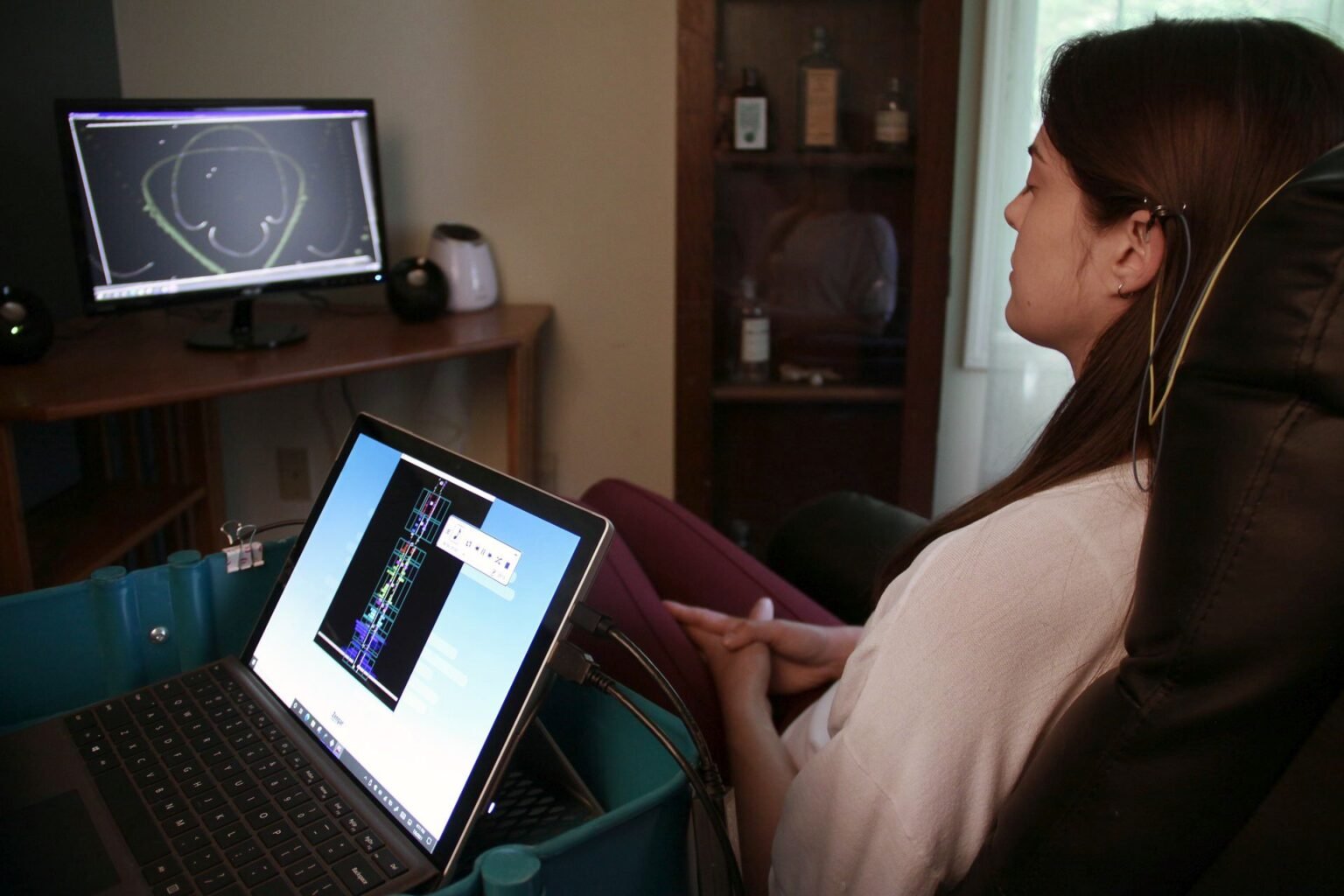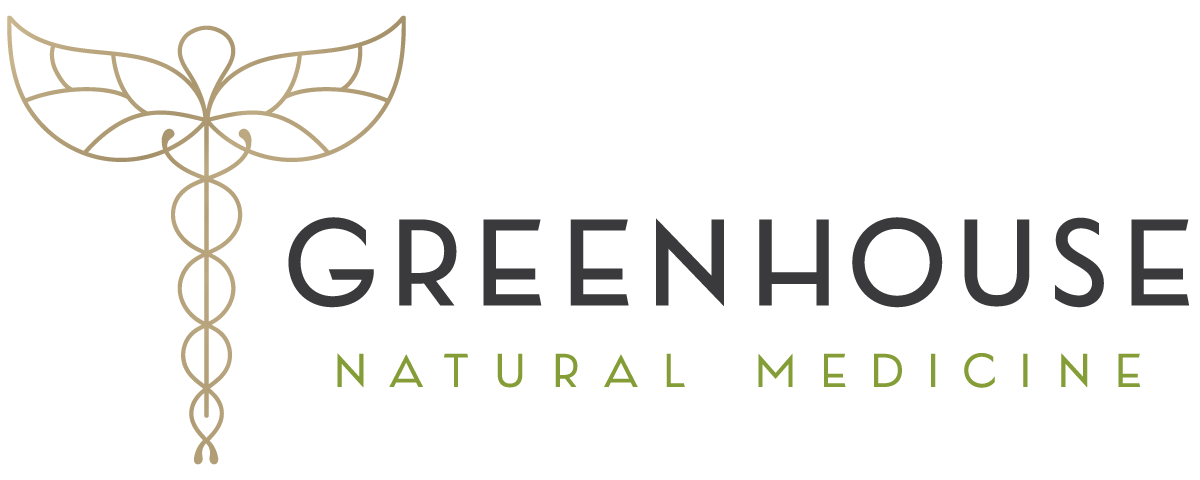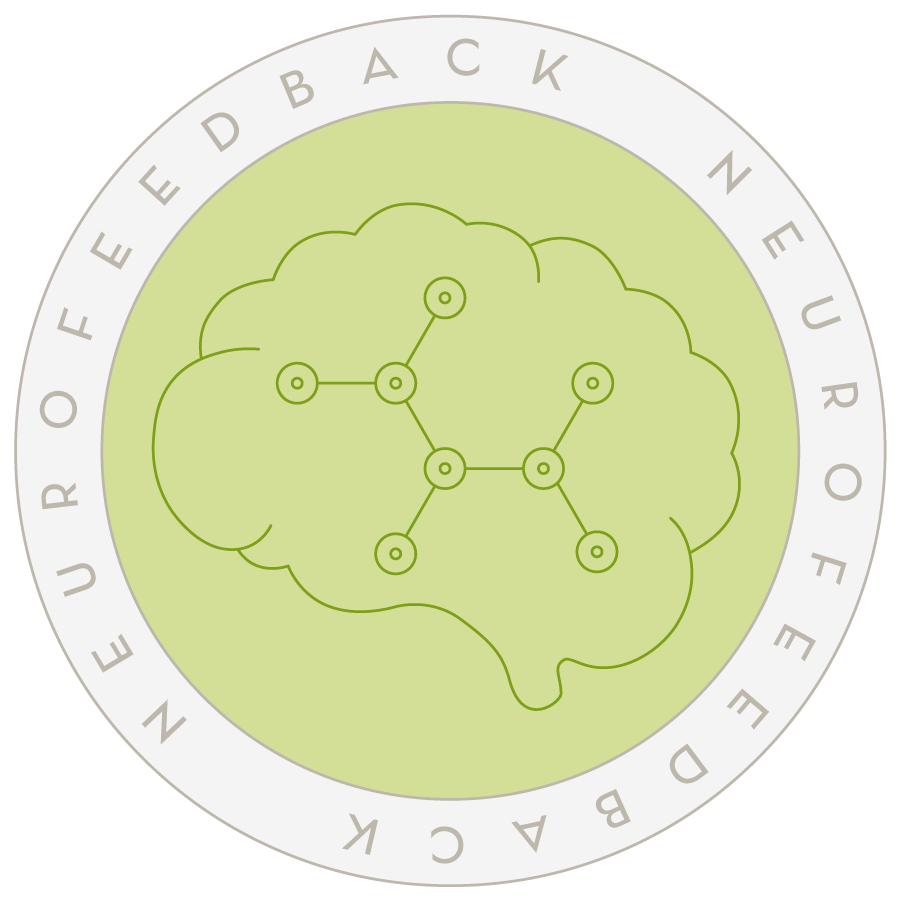
Neurofeedback
What is Neurofeedback in New England?
Here's how neurofeedback typically works:
Brainwave Monitoring: Electrodes are placed on the individual's scalp and ears to measure their brainwave activity. The EEG records the electrical activity of the brain by tracking various types of brainwaves, such as alpha, beta, delta, and theta waves.
Feedback Display: The brainwave activity is displayed in real-time on a computer screen. This feedback is represented by a graph that patients can watch during a session, if they choose.
Training and Learning: during a Neurofeedback session, patients listen to music and relax (to the best of their ability) in a recliner. The music is important to the features of Neurofeedback, and the “brain training” element involves anomalous noises that occur in the music while they are hooked up. Want to know more about why this works? Read on below!
Neurofeedback, also known as EEG (electroencephalogram) biofeedback or neurotherapy, is a therapeutic technique that involves monitoring and providing feedback on a person's brainwave activity. It is a form of biofeedback that focuses specifically on the electrical activity of the brain.

Why Does Neurofeedback Work?
During a Neurofeedback session, the hardware and software from the device looks for irregularities in brain activity. Irregularities in brain function are common and often normal changes that can occur as the result of: trauma, brain injury, chronic disease, stress, etc.
Although the brain can change in many ways, these specific changes can lead to unwanted symptoms. However, the goal of Neurofeedback is not to induce a more desirable state of mind. With NeurOptimal® Neurofeedback, the brand used by Greenhouse Natural Medicine, the goal is to allow the brain to learn about its own activity (and thus heal itself).
What does Neurofeedback treat?
As previously mentioned, the purpose of Neuroptimal Neurofeedback is to reflect activity back to the brain to support change. Unlike other therapies intended to induce a direct impact on the body, Neuroptimal Neurofeedback allows the brain to heal itself. In this way, Neurofeedback is considered “training” (like brain yoga) and not a treatment.
However, the following conditions have improved with brain training as demonstrated by various studies:
Insomnia and Sleep Disorders
Brain Injury and Concussion
Brain Fog
Tinnitus
Cognitive Change and Memory Loss
Attention Disorders
General Wellness
General Brain Performance
Neurofeedback has also helped anxiety, depression and phobias to improve in a clinical setting. Neurofeedback is safe for everyone, and there is no limit to how it can help your brain to evolve!

How Neurofeedback Works
“NeurOptimal® monitors electrical activity from the slowest 0.1 Hz up to 64 Hz on both the left and right hemispheres simultaneously. This is different than focusing on content or any particular EEG frequency as other systems do. The specially designed computer software and EEG hardware will detect any changes or differences in the electrical signal, which is a sign of the brain about to make a shift. The brain then decides if it means to shift or if it was shifting unnecessarily… The brain then uses this information to organize itself.
During a Session, the client listens to music or watches a movie. As soon as NeurOptimal® detects that the brain is about to make a change, feedback is provided via a very brief pause in the sound. The brain then adapts itself in response to the information, which then provides new and different information for NeurOptimal® to mirror back. With NeurOptimal® (or Dynamical Neurofeedback®) the brain is simply interacting adaptively with itself moment by moment, not striving to produce more of some frequency and less of another. While those kinds of changes may be observed, they occur as part of an intrinsic self-organizing principal rather than an artificially imposed constraint.”
—“Neuroptimal Brain Training.” Neuroptimal Brain Training E-Book,
Neuroptimal.com, neuroptimal.com/wp-content/uploads/pdfs/new-user-resources/E-book-EN.pdf.
Accessed 24 Oct. 2023.
FAQs
-
Yes! Neurofeedback is incredibly safe and can even be used with patients who have seizures.
-
Neurofeedback sessions last for 33 minutes; however, office appointments are scheduled for 60 minutes or 45 minutes. The longer appointments are for check ups and new clients.
-
Initial appointments with new patients (for Neurofeedback) require an initial intake, as well as discussion about expectations and goals. This is typically done with Dr. Mendelsohn. However, patients returning for additional sessions or existing patients with prior education may complete sessions with another staff member. This allows for increased flexibility with scheduling.
-
Unfortunately, Neurofeedback is like exercise. One cannot guarantee how long it will take the brain to “get in shape.” Generally, noticeable changes occur between 3-7 sessions with once per week treatment. Once a desired outcome has occurred, patients may choose maintenance sessions 1-2x per month to sustain improvements. However, this is not always necessary.
-
It is recommended that you bring a blanket and/or warm clothes, where you will be comfortable sitting in a lounge chair in an office. If you choose, you can bring headphones or use the speaker attached to the device.
-
Unfortunately, this type of Neurofeedback cannot be charged to insurance. Due to the unique nature of the program, it cannot be claimed as a “treatment” for insurance purposes. In order to make the treatment affordable to patients, the following pricing schedule has been arranged:
• First Session: $200 including a training session, discussion, and paperwork to track progress. 60 minutes
• Intermediate Sessions: $50 per session for training alone. 45 minutes
Your journey starts here.
If you’re curious about Neurofeedback and are in the New England area, please call our office. We’d love to help answer any questions you might have!


